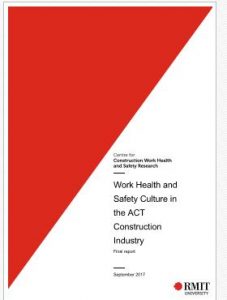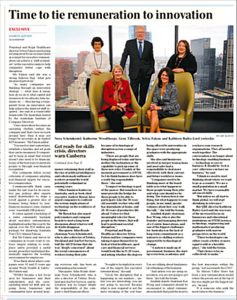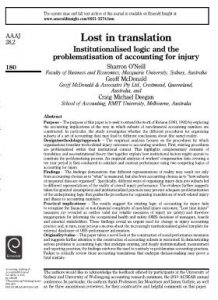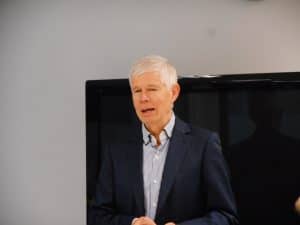 Workplace injury statistics are always less than reality as they are based on the number of workers’ compensation claims lodged with occupational health and safety (OHS) regulators or insurance agents. The nature of occupational illnesses is that there may be many years before their presence is physically identified making them more contestable by insurers and less likely to appear in compensation data. The frustration with this lack of data was voiced on November 13 2017 in an article in the Medical Journal of Australia (not publicly available).
Workplace injury statistics are always less than reality as they are based on the number of workers’ compensation claims lodged with occupational health and safety (OHS) regulators or insurance agents. The nature of occupational illnesses is that there may be many years before their presence is physically identified making them more contestable by insurers and less likely to appear in compensation data. The frustration with this lack of data was voiced on November 13 2017 in an article in the Medical Journal of Australia (not publicly available).
A summary of the research article includes this alarming statistic:
“Occupational exposures are an important determinant of respiratory health. International estimates note that about 15% of adult-onset asthma, 15% of chronic obstructive pulmonary disease and 10–30% of lung cancer may be attributable to hazardous occupational exposures.”


 In February 2018 the
In February 2018 the 

 Recently
Recently